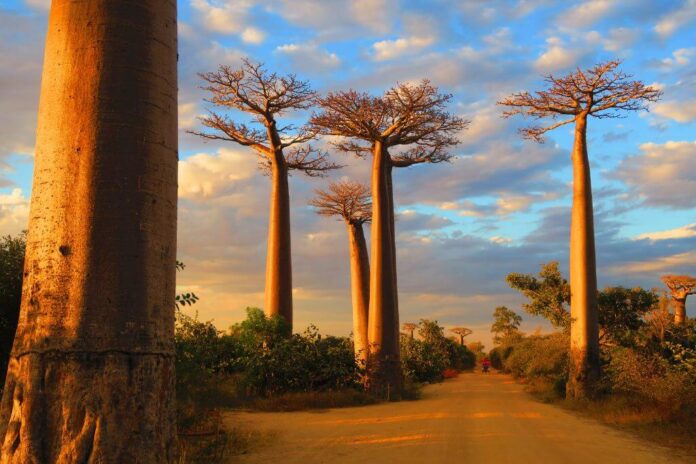Madagascar, with its picturesque coastline, is a tempting vacation destination. Many tourists are drawn to this Indian Ocean island because of its white sandy beaches, snorkel-friendly coral reefs, whispering palm trees, and delicious cuisine.
Here are some fantastic activities in Madagascar:
Indris watching at Andasibe-Mantadia National Park
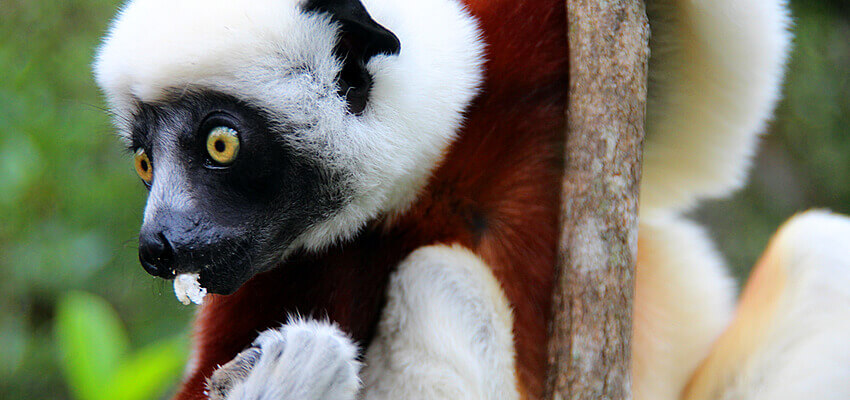
The indri is famous for being the world’s largest lemur and for its haunting wailing noises that may go up to 3km/2mi through deep woodland. You’re bound to observe some of the park’s other 14 lemur species while tracking these teddy-bear-like critters, largely based on their cry. If you’re lucky, you might witness the magnificent diademed sifaka as well as the recently found Goodman’s mouse lemur. The popular night stroll in Andasibe-Mantadia is also suggested, as it provides an opportunity to witness nocturnal lemurs, beautiful frogs, and a variety of intriguing chameleons. Finally, on a small forested island, there are close encounters with a troop of habituated rescued brown lemurs. While viewing these animals in the wild is still magical, having a lemur sitting (and potentially pooping) on your shoulder or head is guaranteed to make a great memory, if not a photo opportunity.
Dusk stroll along the Avenue of the Baobabs
The Avenue of the Baobabs is one of Madagascar’s most recognizable and photogenic attractions. Grandidier’s baobabs, sometimes known as upside-down trees because their branches resemble roots stretching up into the sky, line both sides of the famed road. These trees are massive; at around 30m/100ft in height, they are similar to an eight-story structure. Visit at dusk, when the trees’ polished bark reflects the orange-red sunrays and the silhouettes are most dramatic. The baobabs are considered to be up to 800 years old and are among the island’s tallest specimens.
Taking in the Nosy Be Sand and Sea
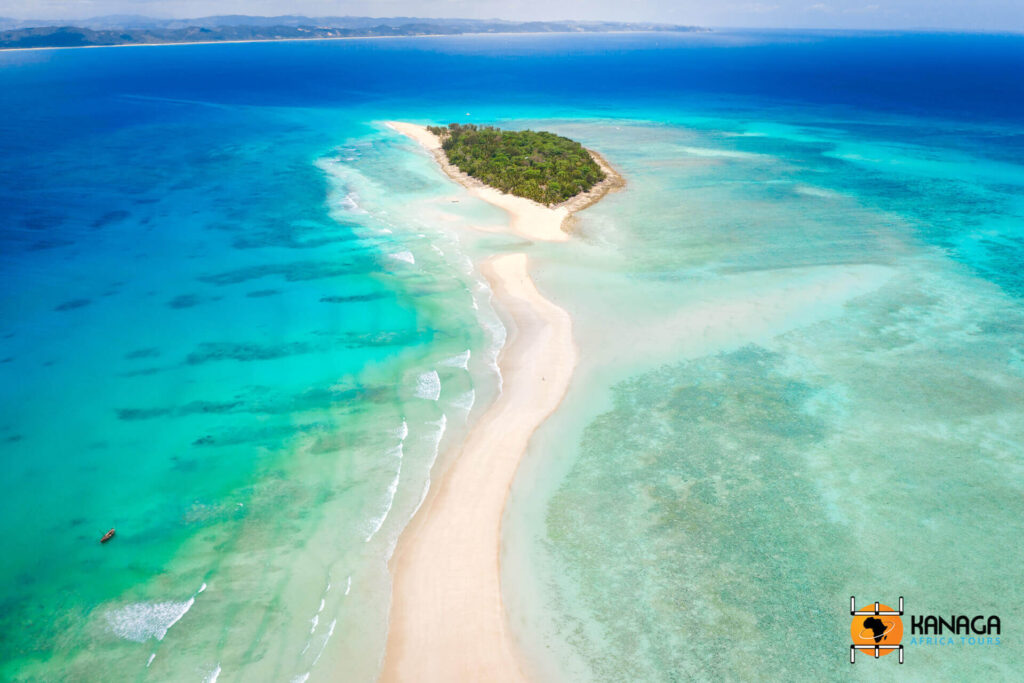
You can’t go wrong with Nosy Be, Madagascar’s most popular beach spot, for pure island paradise. The lush tropical island is well-known for its gorgeous shoreline, laid-back atmosphere, and excellent snorkeling and diving options. Although it may be difficult to leave your beach chair or hammock, there is enough to do here if the mood strikes. A boat journey to Nosy Komba, a small adjacent island inhabited by a troop of habituated black lemurs, is highly recommended and one of the best things to do in Madagascar.
Berenty Private Reserve Sifakas Dancing
All lemurs are adorable, but you have to see the Verreaux’s sifaka dance to believe it. Of course, these adorable creatures aren’t dancing. They move ahead on their powerful hind legs, arms held out for balance, while crossing between trees that are too far apart to jump over. Berenty Private Reserve is the ideal location to observe this unusual behavior. The sifakas actually dance between their feeding sites and the riverine woodland where they sleep every day. Other activities in Berenty include a night stroll through the octopus tree forest to witness nocturnal lemurs and one of the country’s largest fruit bat populations.
In Kirindy Forest, I met Madagascar’s top hunter.
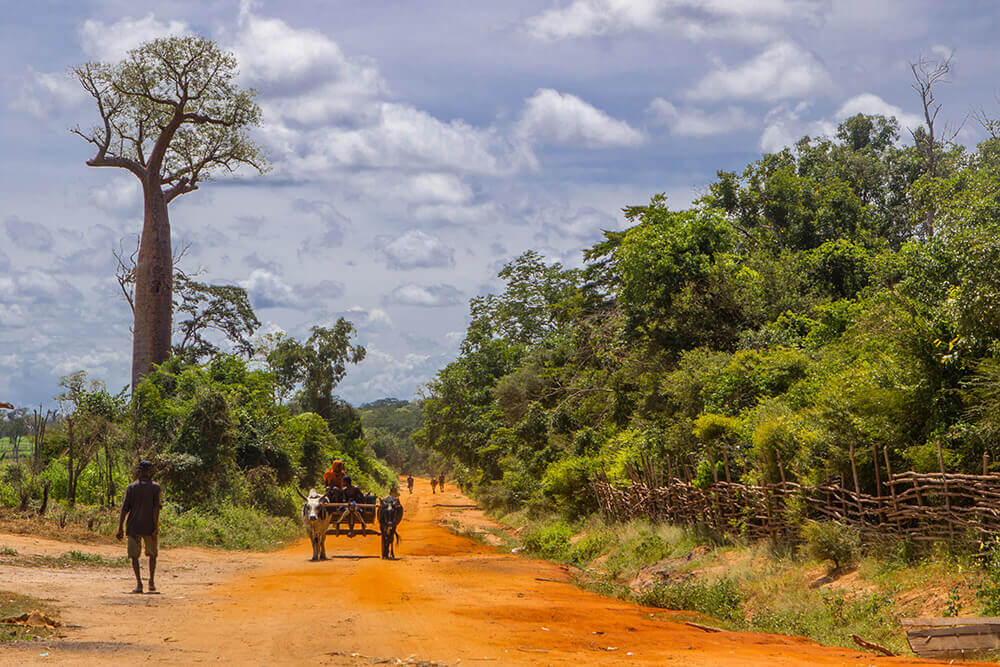
While most parks and reserves in Madagascar have plenty of lemurs, sighting its major predator, the fossa, is more difficult. The fossa is found throughout the island, yet its covert nature makes this nocturnal hunter tough to spot. But not in Kirindy Forest. Several accustomed folks parade around the camp as if they own it. It’s a treat to see these sleek creatures, which are sometimes characterized as half-cat, half-dog, scrambling up and down trees. Come during the mating season, from September to October, for an even more stunning spectacle. A female perches high in a tree, as other males compete for her affections from the base. Over the course of a week, she will mate with the majority of the men.
Ranomafana National Park kayaking
Ranomafana’s lush rainforest’s rolling slopes teem with fauna. The park is a biodiversity hotspot, with 12 lemurs, 115 bird species, 98 amphibian species, and 58 reptile species living there. The majority of these species are unique to the country. Keep an eye out for the giraffe-necked weevil, one of Madagascar’s most fascinating species. When fighting for females, the guys battle with their lengthened necks, just like real giraffes. You can spend many days exploring the network of trails here, and if you need an adrenaline rush, you can paddle a kayak down the Namorona River to get a fresh viewpoint on the jungle.
In Amber Mountain National Park, look for chameleons.
Amber Mountain National Park is well-known for its breathtaking scenery. The old volcanic peaks and crater lakes dot the 40m/130ft rainforest, which is crisscrossed by bubbling mountain streams and waterfalls. The flower diversity is very appealing. More than 1,000 plant species have been identified, including several stunning orchids and the bird’s nest fern, some of which have 3m/10ft-long fronds. The chameleons, for which the park is famous, are less visible. Although some of the 14 recorded species are easily missed, your expert guide will be able to show you some of them. The Mount d’Ambre leaf chameleon, one of the world’s smallest reptiles, is the most notable.
Ile Sainte-Marie Whale Watching
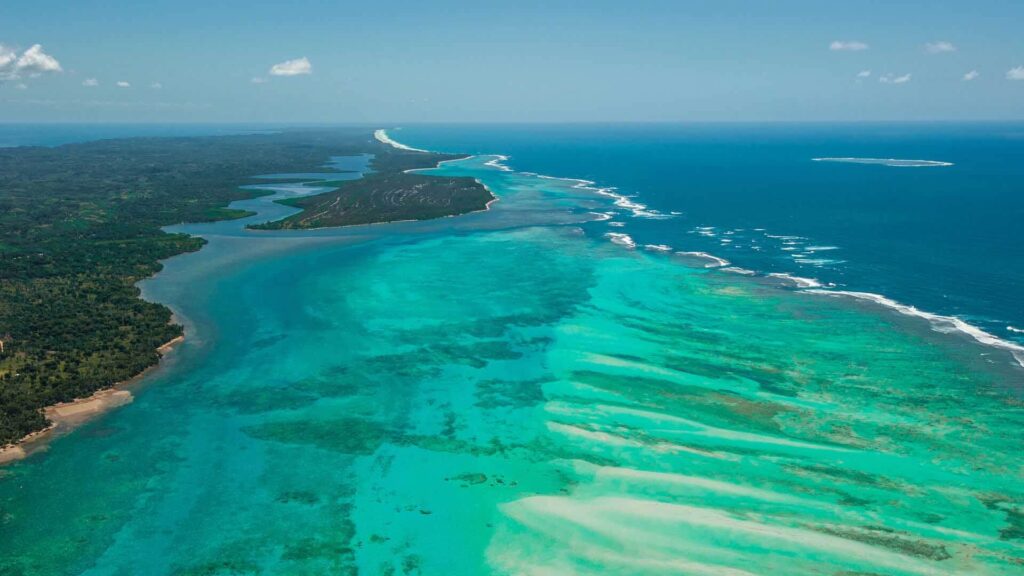
Ile Sainte-Marie is a laid-back paradise that offers a low-key, off-the-beaten-path alternative to the beaches of Nosy Be. The sliver-like island, like its western twin, offers excellent swimming, snorkeling, and diving, but is less expensive and less developed. What truly distinguishes the island is its ideal location for viewing migratory humpback whales that visit the area from June to September to breed and calve. If you’re lucky, you might witness pods – hundreds of these majestic giants swimming towards the warm waters of the strait that connects the island to the mainland. Watch them breach from the shore or go out by boat for a closer look.
Isalo National Park Hiking
Isalo National Park’s sandstone structures rising from the parched plains provide a beautiful backdrop for walks. As the light plays across the layers of canyons, pinnacles, and other rock formations, keen photographers will find unlimited inspiration. Isalo Window, an elevated arch with a framed perspective of the surrounding landscape’s balancing rocks and jagged peaks, is one of the park’s well-known monuments. Head out here in the late afternoon for a unique sunset shot.
Going Through Time in Antananarivo
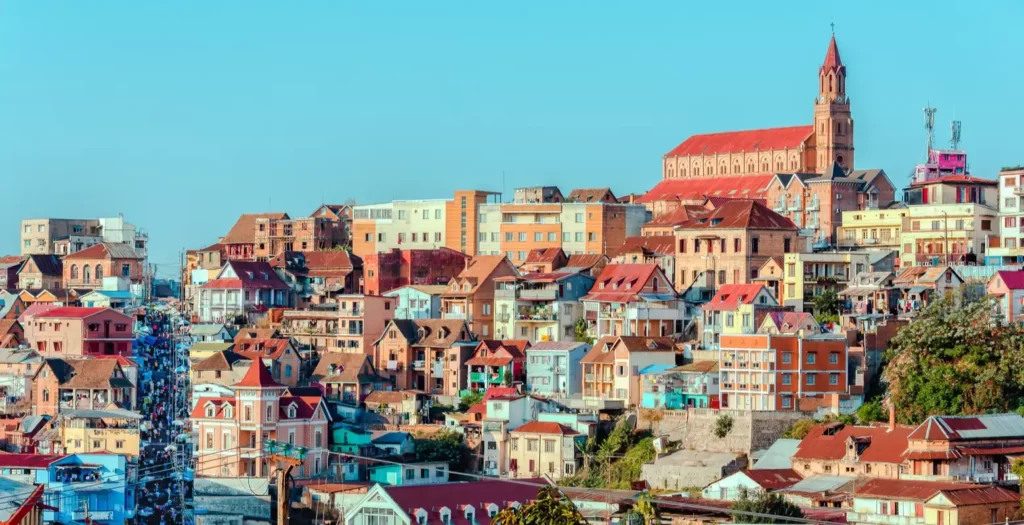
While this enormous, congested city can be overwhelming at first, a day spent exploring the historical and cultural landmarks is extremely rewarding. The most enticing destination is Haute-Ville (Upper Town), where a succession of Malagasy rulers ruled for nearly 300 years until Queen Ranavalona III was expelled by the French in 1897. Allow yourself to become lost in this delightful section of town, with its small cobblestone lanes and beautiful pre- and early colonial buildings, before making your way to the most prominent landmark, the queen’s palace. Finish the day with a gourmet lunch at one of the city’s many great fine-dining establishments.
Discover the Tsingy in Ankarana Special Reserve.
You’ll have to decide if the Ankarana Massif’s tsingy is wonderfully gorgeous or just incredibly strange. In any case, don’t miss out on this one-of-a-kind geological phenomenon, in which the 150-million-year-old plateau has crumbled into a forest of limestone needles. Hike across this alien landscape on boardwalks and bridges, stopping at many viewing platforms for a bird’s eye view. What you see on the surface is only half the story; a huge network of underground rivers stretching over 100km/60mi is considered Africa’s greatest. Several caverns (some of which are home to massive bat colonies) provide a view of what goes on beneath the surface.
Ring-tailed Lemurs enchant visitors at Anja Community Reserve
Ring-tailed lemurs are one of the most abundant lemur species in Madagascar, as well as one of the cutest. They resemble exaggerated cartoon characters with their large orange eyes and unusual tails with alternating black and white rings. Males participate in’stink fights,’ wiping their tails with scent glands and waving them in each other’s faces. Anja Community Reserve is one of the greatest spots on the island to see this and other types of activity. My favorite part is watching them sunbathe; they love to expose their bellies to the first rays of sunlight, arms out wide and eyes closed.
Madagascar’s Mandrare River Camp
Mandrare River Camp provides luxury tented accommodation in the style of a conventional all-inclusive African safari camp prevalent throughout East and Southern Africa, but is almost unique in Madagascar. If you stay here, you will have a beautiful wilderness experience, amazing service, and delicious meals. The variety of activities available makes the lodge very unique. Your guests are the Antandroy people, and you’ll go on a boat journey to a holy burial site, search for nocturnal species in a taboo-protected spiny forest, and see a traditional dance performance amongst baobab trees at sunset.
Fearful Situation In the Pangalenes, aye-aye.
While most lemurs are adorable and cuddly, the aye-aye is anything but. In truth, this monster, the world’s largest nocturnal primate, appears to be frightening. It possesses rodent-like teeth that extend indefinitely to bore holes in trees, and it retrieves wood-boring grubs with a slender elongated middle finger. Locals believe that the aye-aye is malevolent, and that their appearance in a community foretells someone’s death. Unfortunately, this superstition has resulted in the slaughter of many harmless creatures. A night boat trip to Île au Coq in the Pangalenes is your best shot for seeing one of these endangered oddballs.
Hiking and Craft Collecting in the Pays Zafimaniry
The Malagasy people are well-known for their general artisan abilities. Locals and visitors alike enjoy traditional silk production and weaving, artistic paper-making, and zebu-horn jewelry design. The Zafimaniry people, an ethic community whose traditional woodcraft abilities are on the Unesco Intangible Cultural Heritage List, are particularly significant. They follow an ancient tradition of building houses completely of wood without nails, and they decorate the façade and the furniture with geometric patterns that symbolize their Indonesian ancestry. They also create lovely gifts like as carved boxes with elaborate inlays, masks, photo frames, and so forth. Walking between rural villages and staying in tiny homestays in traditional wooden huts is the ideal way to see the Pays Zafimaniry. If that’s not your thing, keep an eye out for these unique crafts in Ambositra or Antananarivo.
